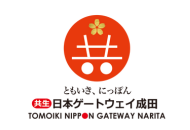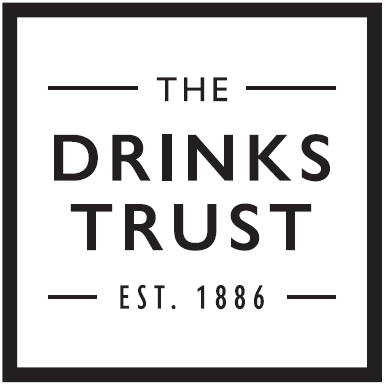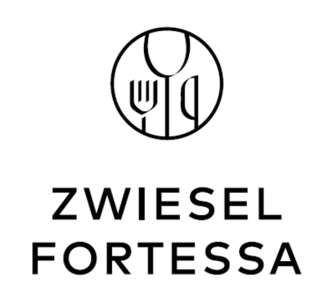Australia's wine revolution, rooted in diversity and a growing appetite for the esoteric, continues apace. Today, from the Adelaide Hills to Margaret River, producers are crafting handmade wines that emphasise texture, freshness and site expression, often using lesser-known varieties and unconventional techniques. Marsanne, Fiano, Tempranillo – winemakers are going off-piste with confidence and conviction.
"This freedom of artistic expression has been a joy to observe with many winemakers now producing wines which excite them personally: funky field blends, lots of skin contact, no fining or filtering, and minimal or zero use of sulphur," enthuses Stuart McCloskey, owner of The Vinorium.
Diversity drive
Yet this movement reflects more than just a desire to experiment; it signals a reimagining of what Australian wine can be. Beyond the stubborn caricatures of oaky Chardonnay and voluptuous Shiraz, a new narrative is taking shape. It's a shift partly driven by climate pressures – as growers seek out robust Mediterranean grapes that can tolerate intense heat – and by a generation of winemakers unwilling to follow old formulas.
"Winemakers are stretching the boundaries when it comes to points of interest with natural wines and alternative varietals. I guess the main point is trying to keep things interesting and keep it fresh and exciting, in an industry which has relied on tradition and opinion for so long," explains Jo Nash, GM at Tahbilk. Meanwhile, both Greek and Italian varieties are now in vogue, especially Assyrtiko, Montepulciano, and Sagrantino.
"As the Australian wine industry has matured, there is a growing desire to explore new frontiers and respond to both climate realities and shifting consumer tastes," agrees Tom Barry, owner and winemaker at Jim Barry Wines.
"Many Australian producers are looking for varieties that are naturally drought- and heat-tolerant, retain acidity in warm conditions, and require minimal intervention in the vineyard. It's no longer just about what grows well, it's about what grows responsibly and sustainably."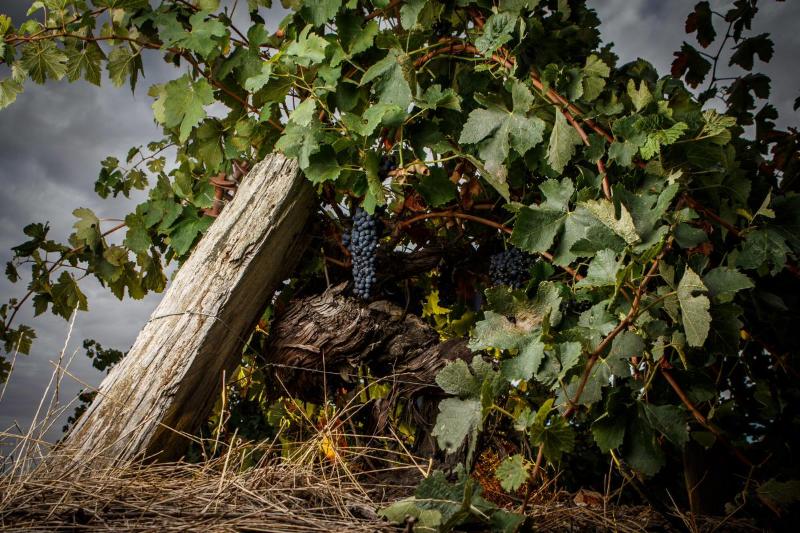
For Jim Barry Wines, a crucial moment of discovery came in 2006: Tom's father, Peter, visited Santorini and tasted Assyrtiko for the first time. He was immediately "enamoured by its vibrancy, structure, and hallmark saline acidity." When he returned home, Barry was surprised to find that no local nursery had access to the variety.
"So, he took it upon himself to bring it in — starting a six-year process, including two years in mandatory quarantine. These were the first cuttings ever taken from Santorini for planting in Australia, and they were established in our Clare Valley vineyards in 2012."
Shifting perceptions
Although the domestic market is reportedly buzzing with energy around these 'new' wines, one question remains: is the message filtering through abroad? As Nicholas Crampton, winemaker at Woods Crampton, rightly observes: "Australia, like many countries, has a domestic wine industry that is more diverse and interesting than the one that it is internationally recognised for."
Indeed, despite a growing catalogue of nuanced, esoteric offerings, Australia still wrestles with a global image anchored in classic styles and rich, high-alcohol wines. Shifting this perception will require not only compelling storytelling – but also the support of the trade.
"Naturally, there are some initial barriers - Assyrtiko isn't easy to pronounce, and for many buyers, it's still relatively unfamiliar," reveals Tom Barry.
He continues: "The key has been leading with authenticity. We've leaned into storytelling: from our family's visits to Santorini, to the challenges and triumphs of adapting this variety to Clare Valley soils. Tasting is the other crucial piece, once people experience the energy and texture of Assyrtiko, the wine does the talking.
"Our strategy has focused on tastings, masterclasses, and one- on-one trade engagement. Sharing the six-year journey to bring the variety to Australia and the fact that Peter Barry sourced the first-ever cuttings from Santorini helps people understand the level of intent and long-term vision behind the wine."
Nevertheless, in mature markets like the UK - where sophistication and diversity are highly prized - Australian wines face no shortage of competition. The challenge, therefore, is twofold: not only must producers and customer-facing professionals work to overturn outdated prejudices about Aussie wine, but they must also carve out a space in a crowded marketplace, plagued by falling consumption and persistent inflation. And Monty Python's famous quip - "a wine for laying down and avoiding" - still hasn't entirely faded from memory.
"For some years now there has been more of a movement to elegance and restraint amongst many Australian producers, but from the tastings I host for consumers, I am not convinced the message has got through at all with many still associating Australia with big alcoholic wines", says Peter Mitchell MW, wine director at Jeroboams.
There has been more positive feedback, however, from smaller merchants and high street retailers. According to Phil Innes, MD at Loki Wine: "We have been selling alternative varieties for a while, and have seen a number of people drawn to particular Italian varietals. Although the classics still do dominate, there is an interest in Nebbiolo, Sangiovese and Barbera. I think natural wines have drawn people into them initially and raised the interest levels in these varieties from Australia."
Yet certain distributors will often say that, in all honesty, the classics are simply easier to sell. But Loki Wine has managed to break out of that box. So, what exactly is the secret? Or is there no 'cut-and-paste' panacea that can be adopted elsewhere?
"It has to be done through tasting," replies Innes.
"We regularly have these wines on tasting. If they are just on the shelf, they will never sell. Simple as that."
With the growing support of the independent trade, and a rising interest in artisanal expressions, Australia has an unprecedented opportunity to reposition itself. But as Tom Barry emphasises, this is not "a passing trend, but a genuine revolution – one grounded in sustainability, site suitability, and a desire to push creative boundaries."
He adds: "Australia's wine identity is shifting, not away from our classics, but toward a broader, more nuanced expression of place."
Australia and its wines are ready. The question now is whether the world is listening.

Australia's esoteric revolution
Driven by climate shifts and evolving market demand, Australia's avant-garde wine movement is in the ascendant.
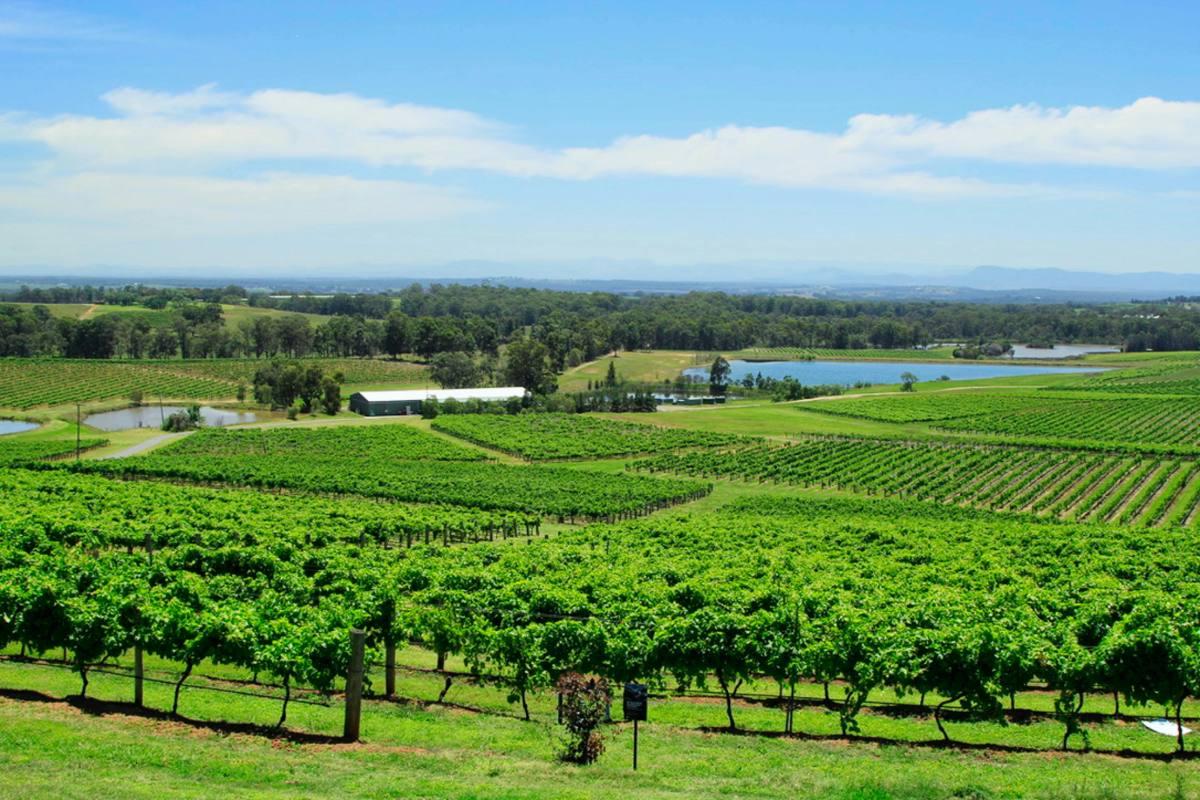
The revolution is in full swing





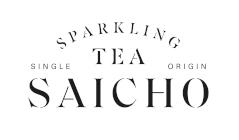




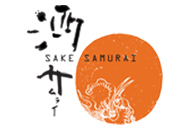
.png)
